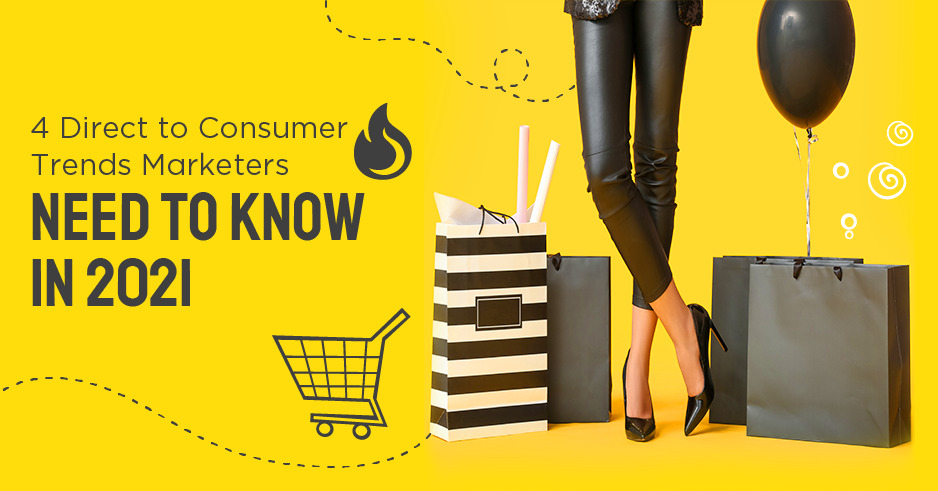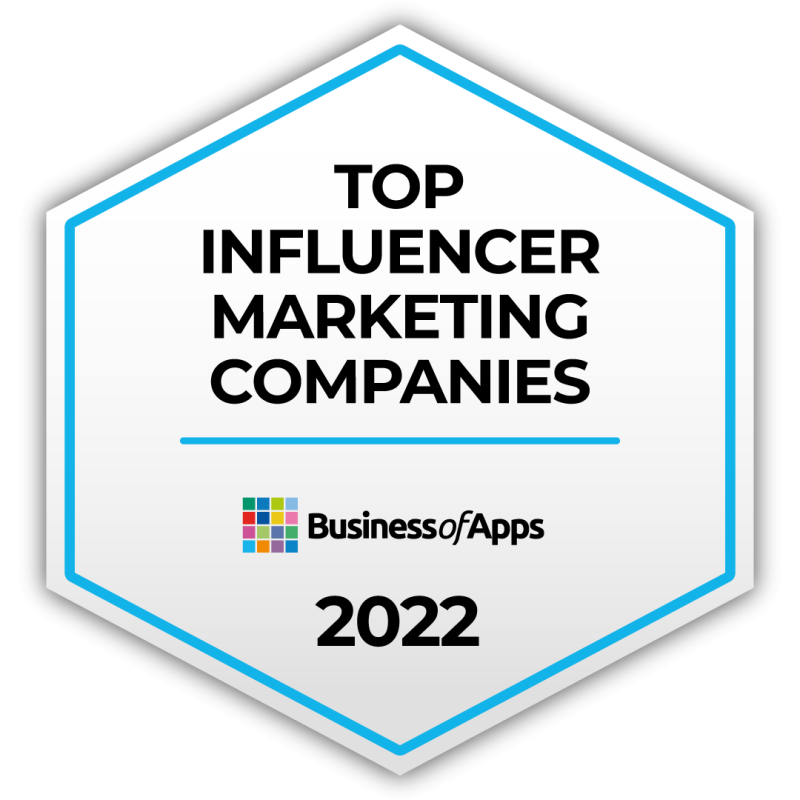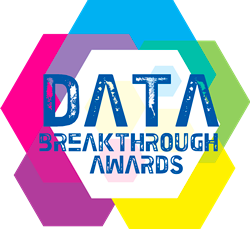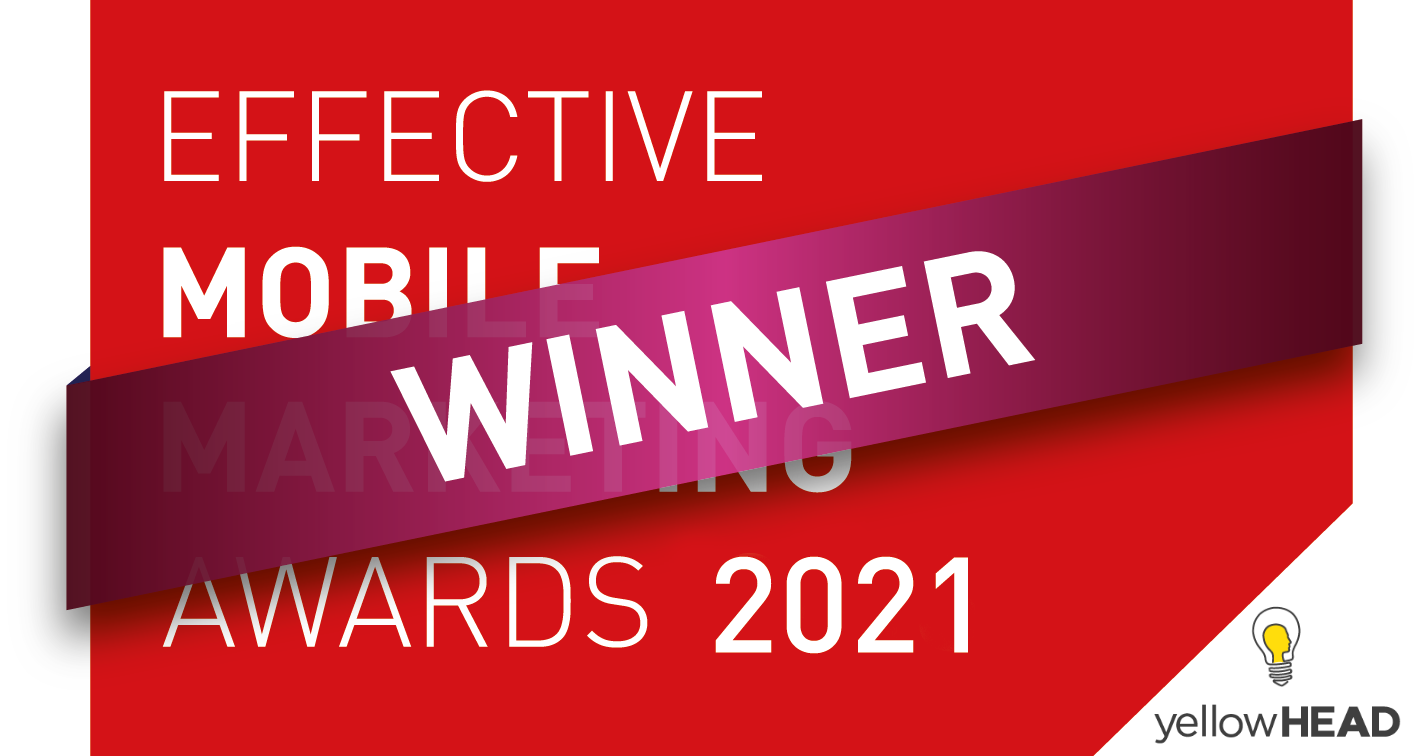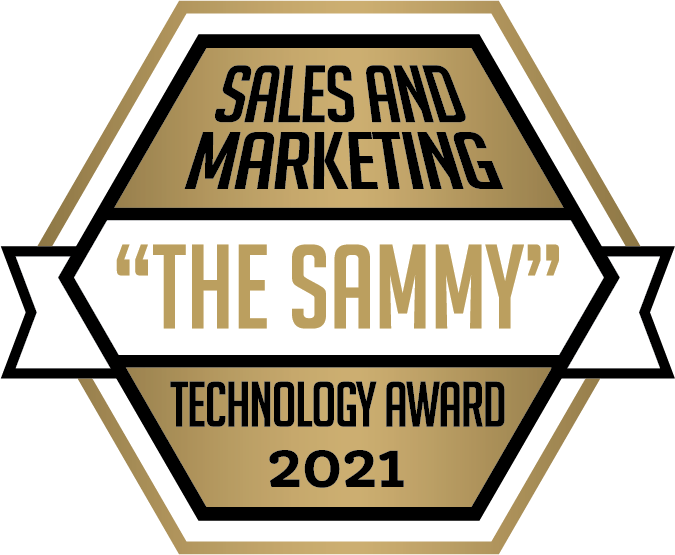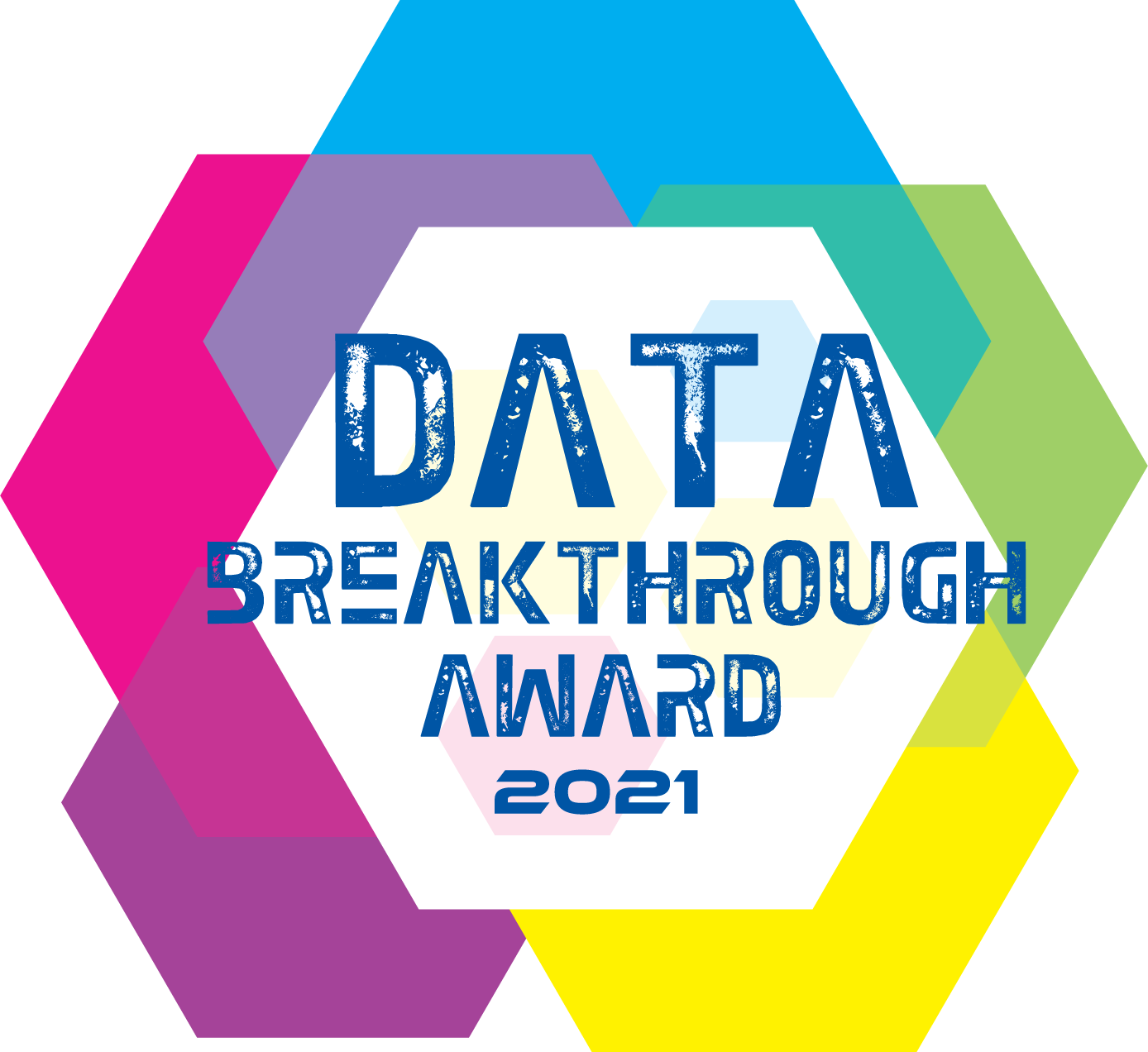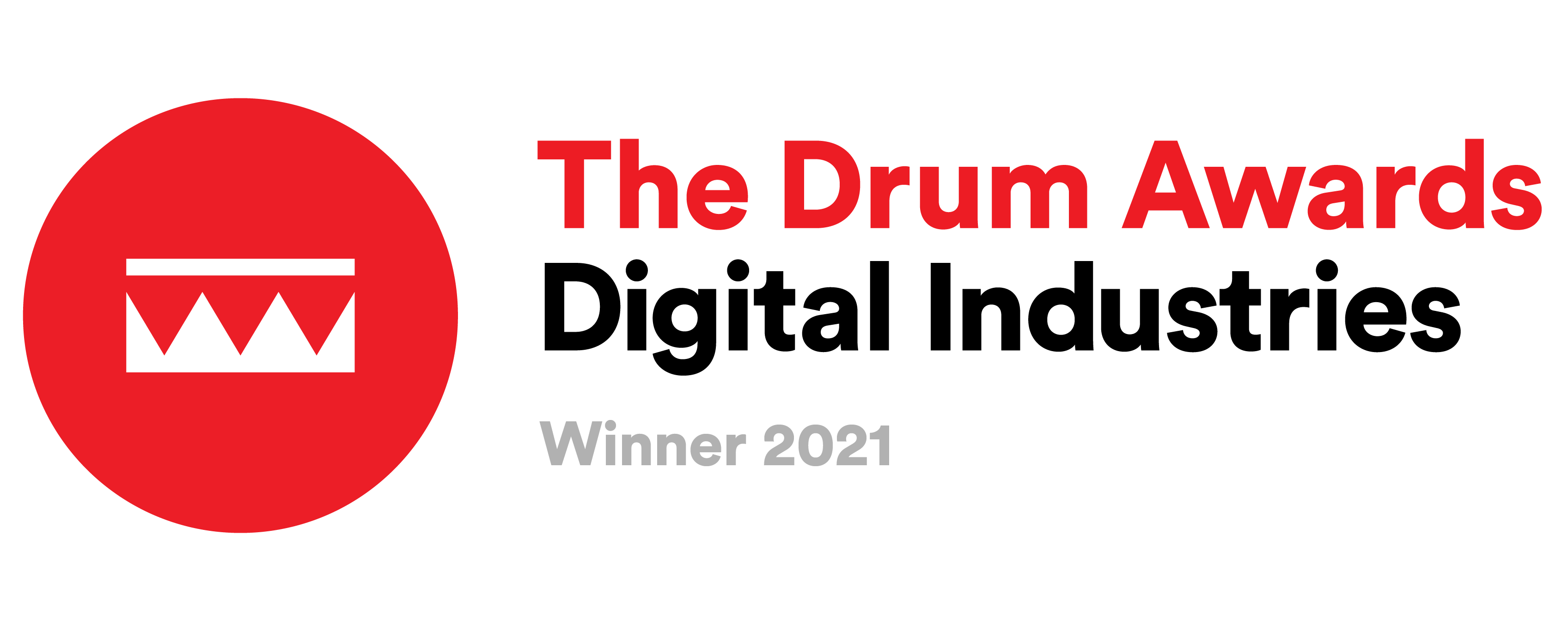4 Direct to Consumer Trends Marketers Need to Know in 2021
Here’s how to navigate evolving consumer expectations and take your DTC brand to new heights this year.
It’s no secret that DTC brands are changing the way consumers interact with their favorite products. From home goods to shoes and beauty to booze, there’s a direct to consumer company to serve just about any need. However, after years of unprecedented growth, these brands are facing new challenges. They no longer need to prove their validity compared to big box retailers, but there’s more competition than ever within the direct to consumer space. In 2021, DTC marketers need to stay on top of shifting direct to consumer trends to stay relevant.
In fact, that’s exactly what we do at yellowHEAD: help marketing pros stay ahead of the pack with effective ads that get results. We use machine learning and marketing expertise to analyze dozens of data points, providing definitive answers about what creative aspects work best. Want to know more? Get in touch!
Ready to explore this year’s biggest DTC trends? Let’s jump in!
Want to learn more about Direct to Consumer Marketing? Check out DTC Marketing: The Ultimate Guide.
Brand Aesthetics Are Moving Beyond Minimalism
Close your eyes and picture the website or app of your favorite DTC brand. You’re probably seeing product shots against colored backgrounds, clean fonts, and an overall minimalist style, right? When DTC brands began their rise, this aesthetic was a breath of fresh air compared to the jam-packed, logo-filled, overdesigned digital storefronts of some big-box retailers. But with so many DTC companies on the market now, those low-key vibes aren’t enough to get noticed.
Part of the reason for this shift is that the minimalism-loving millennials are getting older, while the succeeding generation is becoming a more powerful consumer demographic. “You’ve got the next generation going, ‘OK, we’ve had 10 years of sans serif, millennial pink, different bright colors, everything is clean, there’s hands in all the photographs, everything is bright and blown out — we’re just going to funk this up,” said Emmitt Shine, co-founder and creative director of ecommerce company Pattern. While modern DTC marketing shouldn’t move too far in the opposite direction — Gen Z isn’t keen on loud, intrusive advertising either — it’s time to think about moving the aesthetic away from the “default DTC” look and into something that defines your brand and makes it instantly recognizable.
Self-Care Is a Major Opportunity
It’s a year into the coronavirus pandemic, and everyone is exhausted. We live in our workplaces, we’re socially distanced, and every day feels the same. No wonder there’s been such an emphasis on self-care: we need it. As consumers scramble for ways to treat themselves better, marketers have an opportunity to help fulfill that need.
Here’s the thing: self-care means different things to different people. While the phrase might evoke images of face masks and pedicures, self-care could mean investing in things that make your home more comfortable. It might refer to finding new ways to stay organized and productive. Reading is self-care; playing video games is self-care; exercise is self-care. Even physical health has become a greater priority, with the vitamin supplement category seeing an explosion of activity. Collectively, that means there are plenty of opportunities for marketers to position DTC brands as leaders in this growing space. If your direct to consumer brand reasonably falls within the realm of self-care, this direct to consumer trend could help fuel growth in 2021.
Sustainability and Authenticity Aren’t Just Buzzwords
Millennial and Gen Z shoppers are extremely socially conscious. Where brands could once hook an audience with flashy sales and promises of low prices, today’s modern consumers are much more thoughtful about their purchases. Where are the materials for these products sourced from? How are they made? How is this company helping its community and the environment? Successful DTC marketing should answer these questions.
This goes hand-in-hand with authenticity, because you can’t just say you support social causes and sustainability — you have to follow through. Modern consumers are extremely adept at sussing out messaging that rings hollow or strays from a brand’s stated values. Make sure your marketing efforts uphold the brand vision and make it easy to find information about the company’s sustainable practices.
Micro-Influencers Are a Budget-Friendly Way to Boost Engagement
One unexpected side effect of the coronavirus outbreak is the impact on influencer marketing. Part of this is economic and health concerns; aspirational social media gurus can’t exactly do photoshoots in exotic locations during a pandemic, after all. On top of that, it’s hard to relate to multi-millionaires, and the last year has only compounded economic concerns and highlighted wealth disparities. As we said, consumers crave authenticity, and trust-fund kids showing off sponsored content from mansions doesn’t scream authentic.
That’s why some brands are turning to micro-influencers, or social media experts with small but engaged followings. Exact numbers vary, but micro-influencers typically have under 100,000 followers, often leaning towards the lower end of the scale. They may not be rich and famous, but they can tell an authentic brand story — just check out how Brooklinen has used this strategy to great effect. On top of that, micro-influencers won’t bust your marketing budget the way a Kardashian or Jenner would, so it’s a great way for up-and-coming brands to expand their audiences without going broke.
Staying on top of direct to consumer trends while navigating consumer expectations in a post-COVID world isn’t easy. Here’s the good news: yellowHEAD can help make your DTC marketing journey go more smoothly. With the help of our proprietary Alison platform, yellowHEAD provides a comprehensive creative analysis and runs multivariate tests that go beyond A/B testing. On top of that, our marketing strategists analyze the data, adding a human touch. Want to know more? Get in touch!




